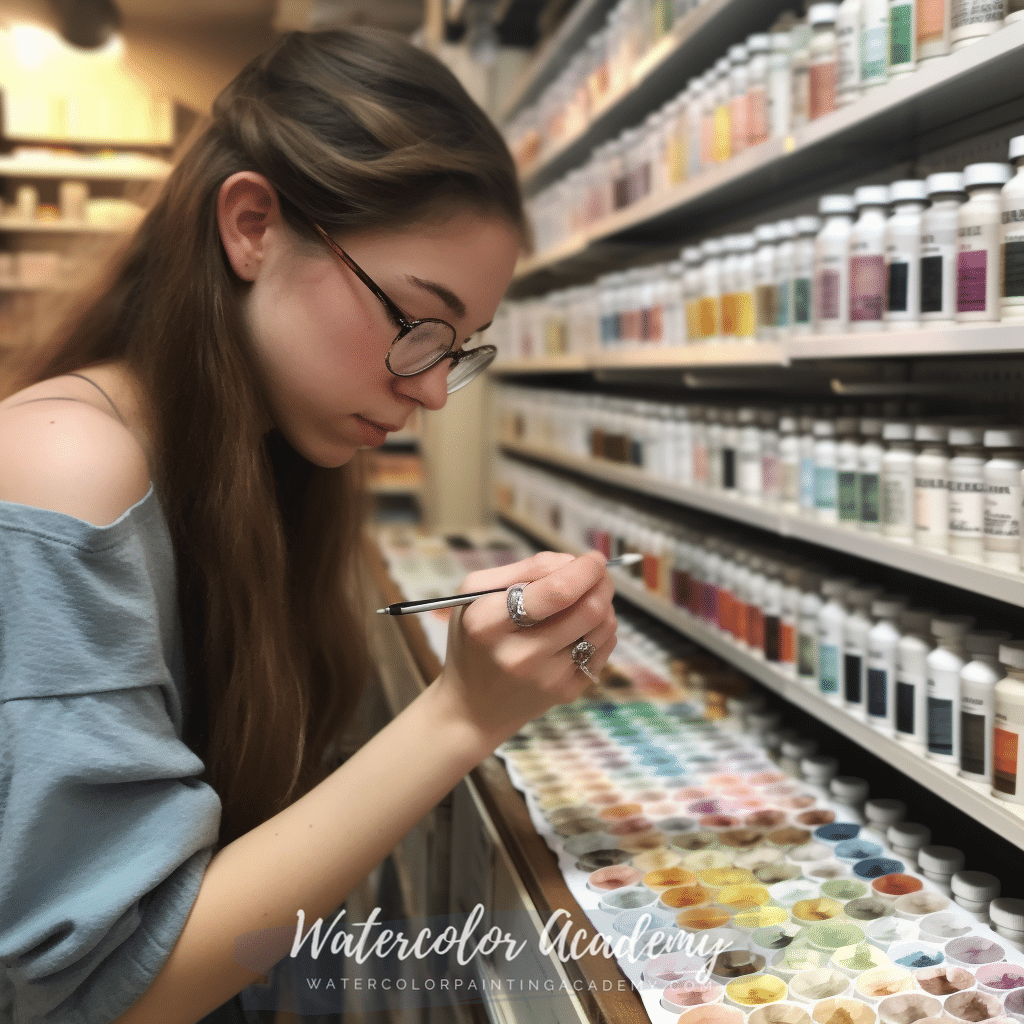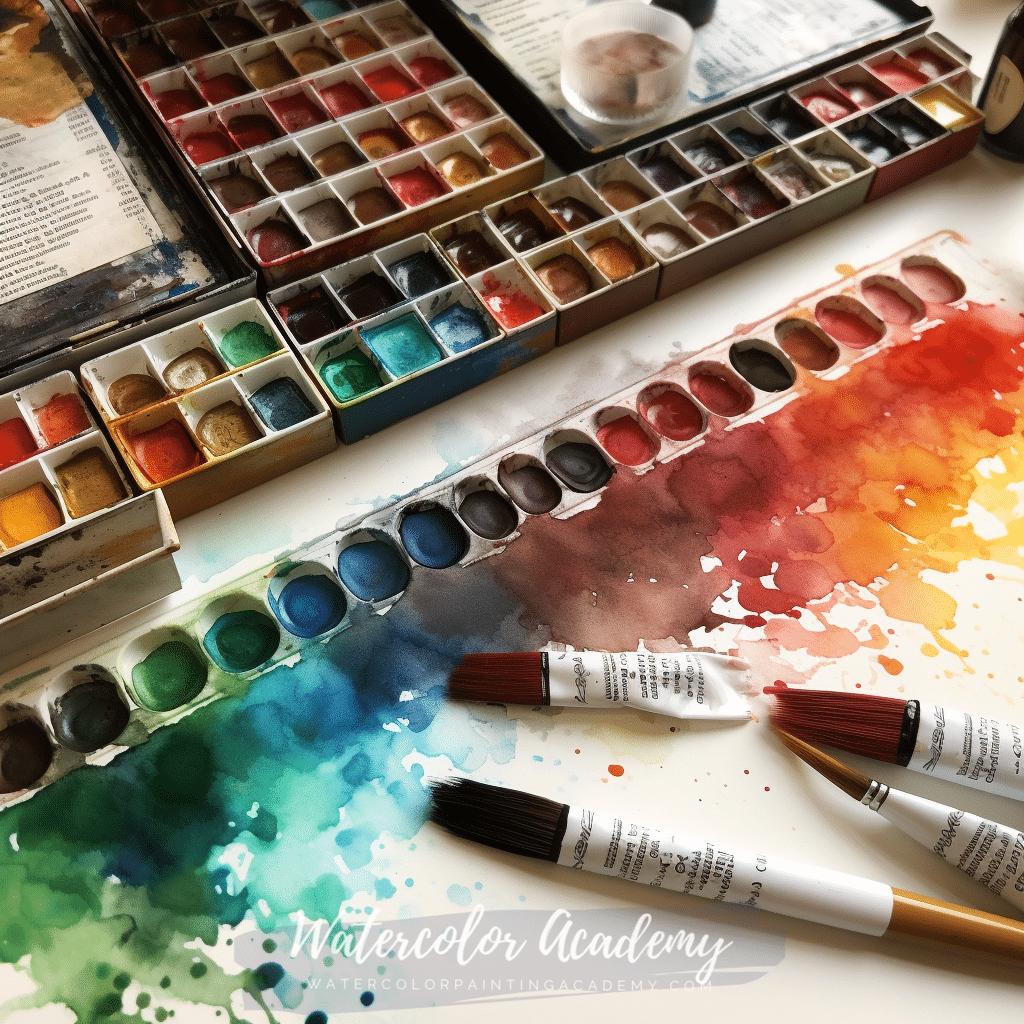Choosing the right watercolor pigments can make a world of difference in your artwork. The colors you select can greatly impact your piece’s mood, style, and overall success. In this blog post, we’ll advise choosing the right colors based on your artistic goals.

Identifying Your Artistic Goals
Before diving into the world of watercolor pigments, it’s important to identify your artistic goals. Consider the following questions:
- What mood or atmosphere are you trying to convey?
- Are you aiming for a realistic or more abstract style?
- Do you prefer a limited color palette or a wide range of colors?
Answering these questions will help guide your color selection and ensure your artwork meets your creative vision.
Color Theory Basics
To choose the right colors for your artwork, it’s essential to have a basic understanding of color theory. Here are some key concepts to keep in mind:
- Primary colors: Red, blue, and yellow are the primary colors, as they cannot be created by mixing other colors.
- Secondary colors: Green, orange, and purple are secondary colors, created by mixing two primary colors.
- Tertiary colors are created by mixing a primary and a secondary color, such as blue-green or red-orange.
- Complementary colors: These are colors that are opposite each other on the color wheel, such as red and green or blue and orange. When used together, they create contrast and make each other stand out.
Choosing Your Palette
Now that you have a solid foundation in color theory, you can start selecting your palette. Here are some tips to help you choose the right colors for your artwork:
- Keep it simple: Especially for beginners, it’s better to start with a limited color palette. This will help you focus on mastering the colors you have and prevent you from becoming overwhelmed.
- Choose versatile colors: Select colors that can be mixed to create a wide range of shades and tones. This will give you more flexibility in your artwork.
- Consider the mood: The colors you choose should reflect the mood or atmosphere you want to convey in your artwork. For example, choose cool colors like blues and greens if you create a calming scene.

Experimenting with Pigments
Once you’ve chosen your palette, it’s time to experiment with your pigments. Here are a few ideas to help you explore the possibilities of your chosen colors:
- Create color charts: Make a chart of all the colors in your palette, mixing them to see the shades and tones you can achieve.
- Play with color combinations: Experiment with different combinations of colors to see which ones work well together and create harmony in your artwork.
- Test different brands: Different watercolor pigments may have slightly different characteristics, so it’s worth trying a few to find the ones that work best for you.
By selecting your watercolor pigments and experimenting with different combinations thoughtfully, you’ll be well on your way to creating beautiful, vibrant artwork that reflects your unique artistic vision.



